Name Eugene Guerard Role Artist | ||
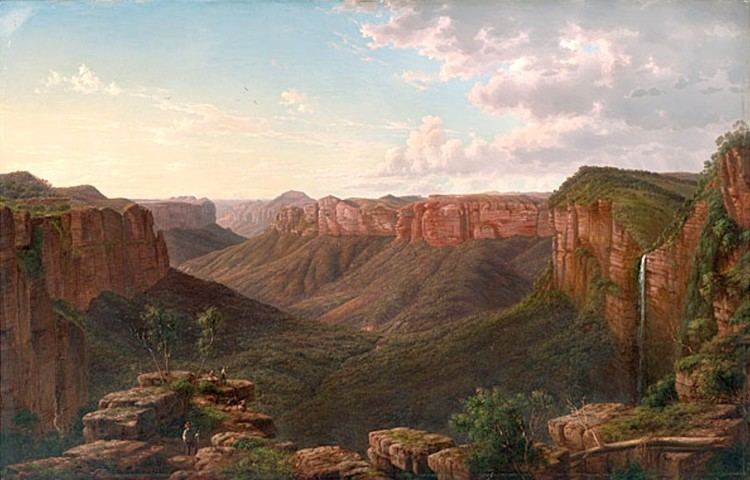 | ||
Died April 17, 1901, Chelsea, London, United Kingdom | ||
Education Kunstakademie Dusseldorf | ||
Colonial gallery eugene von guerard
Johann Joseph Eugene von Guérard (17 November 1811 – 17 April 1901) was an Austrian-born artist, active in Australia from 1852 until 1882. Known for his finely detailed landscapes in the tradition of the Düsseldorf school of painting, he is represented in Australia's major public galleries, and is referred to in the country as Eugene von Guerard.
Contents
- Colonial gallery eugene von guerard
- Ruth Pullin on Eugene von Gurard
- Early life
- Australia
- Publications
- References

Ruth Pullin on Eugene von Guérard
Early life

Born in Vienna, Austria, von Guerard toured Italy with his father (a painter of miniatures at the court of Emperor Francis I of Austria) from 1826, and between 1830 and 1832 resided in Rome, where he became involved with a number of German artists. The foremost landscape painter amongst these so-called "Deutsch Römer" was Johann Anton Koch, but he also met there members of the Lukasbund, a group of young German breakaway artists known as the Nazarenes, From 1841 he studied landscape painting in Germany at the Kunstakademie Düsseldorf and travelled widely. Von Guerard's personal artistic style was formed by his first teacher, his miniaturist father with whom he travelled throughout Italy. Other influences ascribed to von Guerard are Claude Lorrain, Nicolas Poussin and Salvator Rosa. During his studies at the Düsseldorf Academy he absorbed the new criterion for German art promoted by his landscape lecturer Johann Wilhelm Schirmer under the directorship of ex-Nazaren member Wilhelm von Schadow: to present "elevated" subject matter in the style of a new "truthful"' realism. The Düsseldorf style of painting combined concepts of prevailing trends: Historicism, a lingering Romanticism and a new visually based Realism that required taking observations from nature. Von Guerards Australian landscapes show his sensitive perception of the Australian landscape, whilst his stylistic methodology exemplifies the confluence of various styles derived from his European artistic heritage.
Australia

In 1852 von Guerard arrived in Victoria, Australia, determined to try his luck on the Victorian goldfields. As a gold-digger he was unsuccessful, but he did produce a large number of intimate studies of goldfields life, quite different from the deliberately awe-inspiring landscapes for which he was later to become famous. Realising that there were opportunities for an artist in Australia, he abandoned the diggings and was soon undertaking commissions recording the dwellings and properties of wealthy pastoralists.
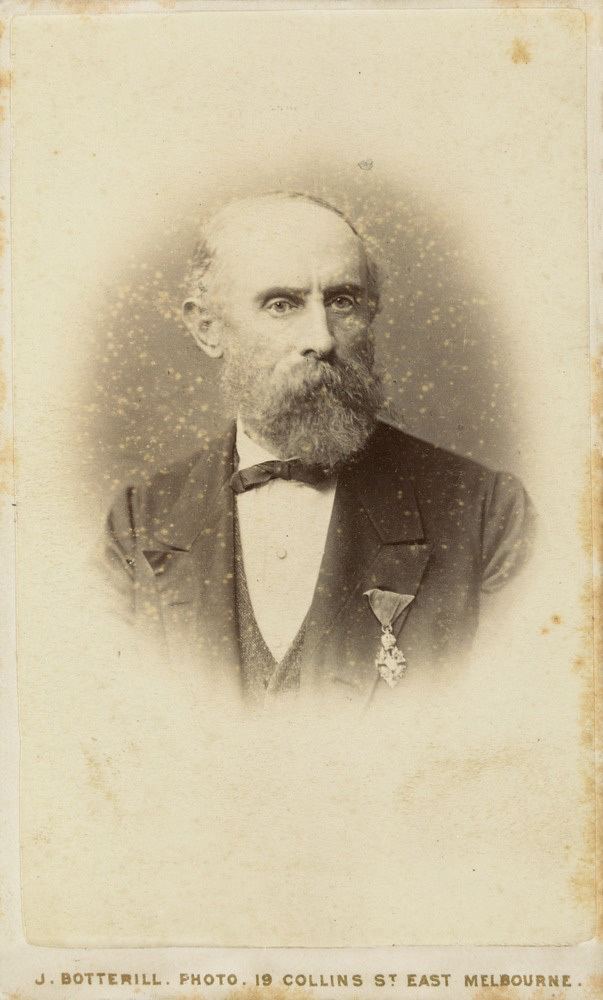
By the early 1860s von Guerard was recognised as the foremost landscape artist in the colonies, touring Southeast Australia and New Zealand in pursuit of the sublime and the picturesque. He is most known for the wilderness paintings produced during this time, which are remarkable for their shadowy lighting and fastidious detail. Indeed, his view of Tower Hill in south-western Victoria was used as a botanical template over a century later when the land, which had been laid waste and polluted by agriculture, was systematically reclaimed, forested with native flora and made a state park. The scientific accuracy of such work has led to a reassessment of von Guerard's approach to wilderness painting, and some historians believe it likely that the landscapist was strongly influenced by the environmental theories of the leading scientist Alexander von Humboldt. Others attribute his 'truthful representation' of nature to the criterion for figure and landscape painting set by the Düsseldorf Academy.

In 1866 his Valley of the Mitta Mitta was presented to the National Gallery of Victoria in Melbourne; in 1870 the trustees purchased his "Mount Kosciusko". In 2006, the City of Greater Geelong purchased his 1856 painting View of Geelong for A$3.8M. His painting, Yalla-y-Poora, is in the Joseph Brown Collection on display at the National Gallery of Victoria.
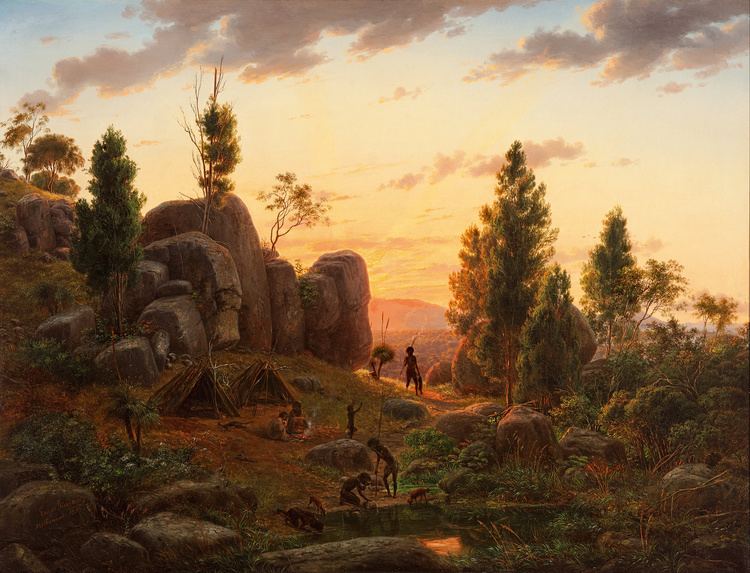
Von Guerard's paintings were also purchased by the Art Gallery of New South Wales including Waterfall, Strath Creek (1862), Sydney Heads (1865) and Milford Sound, New Zealand (1877–1879) among many others.

The State Library of New South Wales in Sydney holds an extensive collection of working sketchbooks by Eugene von Guerard, as well as larger drawings and paintings and a diary. The sketchbooks cover regions as diverse as Italy and Germany, Tasmania, New South Wales, and of course, Victoria.
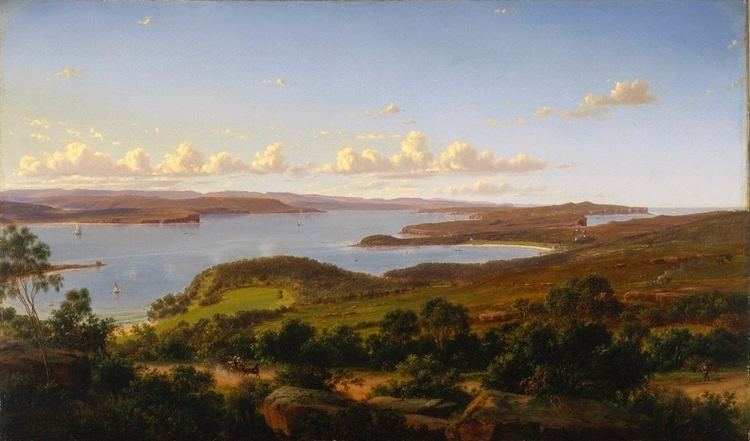
The only known copy of von Guerard's 1852–1854 diary of his time on the goldfields is a typescript translation made from the original German. The translation may have been made by his daughter, Victoria, who was born in Australia and married an Englishman. Bound with the typescript copy are ten sketches which give a fascinating visual insight into camp life on the goldfields.
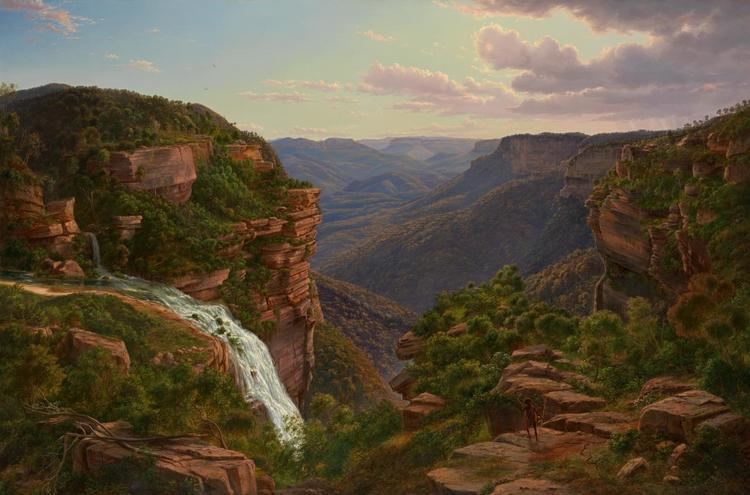
In 1870 von Guerard was appointed the first Master of the School of Painting at the National Gallery of Victoria, where he was to influence the training of artists for the next 11 years. His reputation, high at the beginning of this period, had faded somewhat towards the end because of his rigid adherence to picturesque subject matter and detailed treatment in the face of the rise of the more intimate Heidelberg School style. Amongst his pupils were Frederick McCubbin and Tom Roberts. Von Guerard retired from his position at the National Gallery School the end of 1881 and departed for Europe in January 1882. In 1891 his wife died. Two years later, he lost his investments in the Australian bank crash and he lived in poverty until his death in Chelsea, London, on 17 April 1901.
